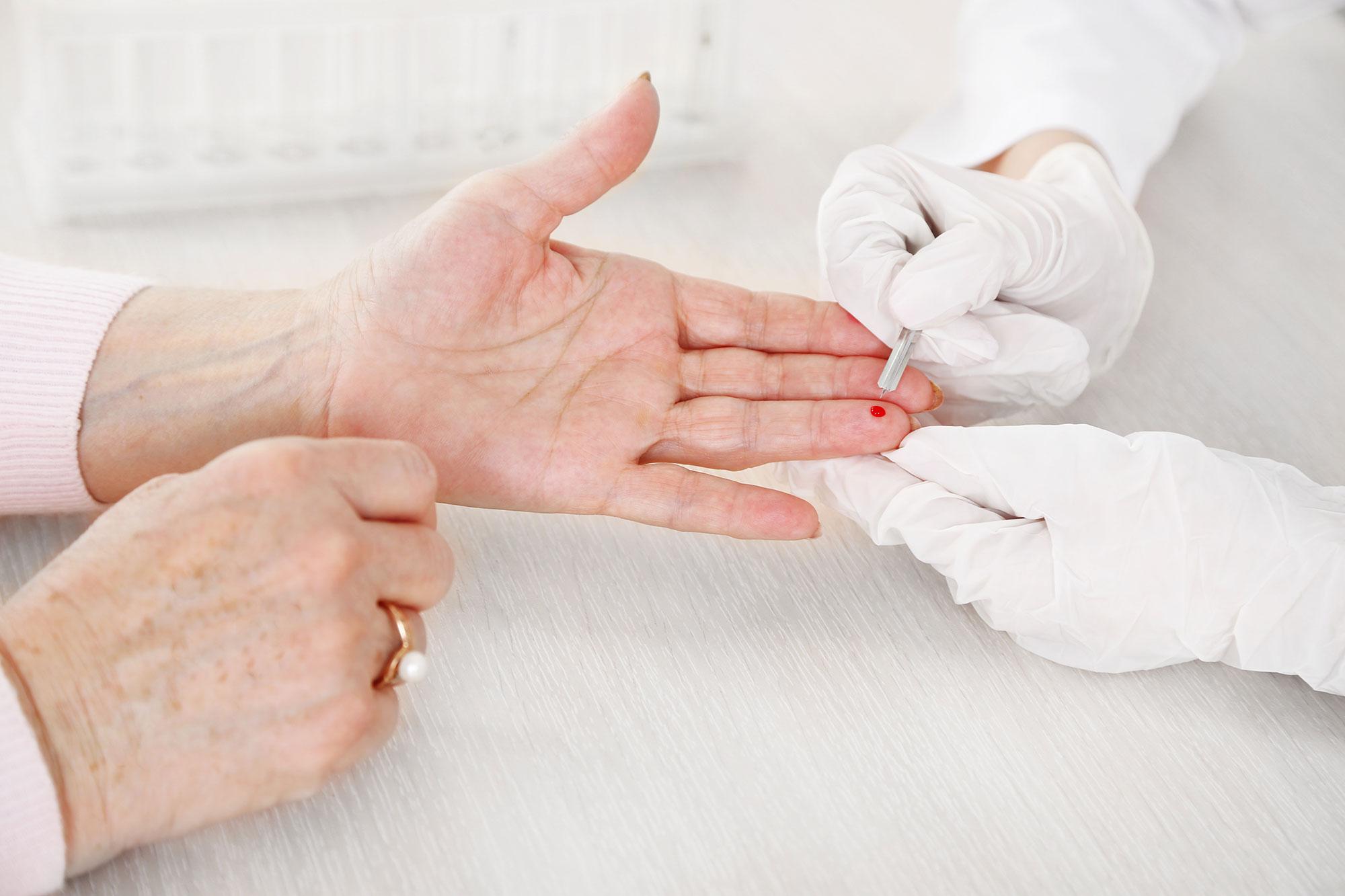New ways of reducing antibiotics in primary care

Antibiotic prescribing in primary care could be monitored using health insurance data. And reduced with a simple test.
In human medicine, antibiotics are most commonly used in primary care, particularly for respiratory and urinary tract infections. But it is precisely for these illnesses that patients are often prescribed antibiotics unnecessarily. This facilitates the emergence of antibiotic resistance.
That is why researchers at the University of Basel led by Heiner C. Bucher are specifically sensitising family doctors, who prescribe antibiotics more often than others. The problem is that their antibiotic use is not systematically recorded. But Bucher and his team have found a solution in a project of the National Research Programme "Antimicrobial Resistance" (NRP 72) supported by the Swiss National Science Foundation (SNSF): the billing data of health insurance companies can tell us when, to what end and in which doctor's surgery individual patients were prescribed antibiotics. Therefore, by analysing sufficient patient data, researchers can draw conclusions about physicians' prescribing practices.
Monitoring requires no additional effort from physicians
For their study, the researchers had access to anonymised data from the three largest Swiss insurers. "Even though we didn't see the names or addresses, we were able to match all antibiotic prescriptions to specific physicians," says member of the project team Soheila Aghlmandi. "And if some doctors prescribed a lot of antibiotics, we could send them feedback without identifying them personally." To do this, however, Bucher and his team first had to develop automated workflows that bring together all the necessary information from the different data formats and structures of the respective insurers – an enormous effort given the more than 1.3 million patients with a total of more than 4 million consultations.
But the researchers conducting the project were able to overcome all technical hurdles. They sent feedback to more than 1500 physicians with rather high antibiotic use every three months. In addition, they informed them – also anonymously – at the beginning of the study about the current resistance situation and the average antibiotic consumption of other surgeries in their region. During the two-year study, however, the measures did not lead to an improvement in prescribing practices. But Aghlmandi is still satisfied with the results. "We’ve shown that you can continuously track antibiotic use in primary care," she says. "And in a way that doesn´t create any extra work for primary care physicians." The method could be expanded into a nationwide monitoring system. Aghlmandi stresses, however, that this would require all health insurers to provide the relevant data; moreover, technical solutions for merging that data would need to be developed first.
A rapid test to reduce antibiotic prescription
A fruther measure to optimise antibiotic prescribing for respiratory tract infections has been tested in another NRP 72 project by researchers at Lausanne University Hospital (CHUV) led by Noémie Boillat Blanco. Their approach focuses on diagnosis. This is because doctors often cannot determine from symptoms alone whether pneumonia is bacterial, requiring antibiotic therapy, or a non-bacterial infection that will subside by itself. Boillat Blanco and her team developed an approach in which a lung ultrasound is combined with a procalcitonin test that helps to differentiate between bacterial and viral infections. Since each method on its own provides too many uncertain diagnoses, they combined the results using an algorithm to increase precision.
In a pragmatic study lasting several months, thirty family doctors applied the new procedure to all patients who presented with symptoms of a respiratory tract infection. The results did indeed show a reduction in the number of antibiotic prescriptions of one third. Surprisingly, however, use of the procalcitonin test alone proved to be sufficient for a reduction of this magnitude. Indeed, the procalcitonin result was low in the majority of patients, and no antibiotics were recommended in these cases. Additional ultrasound scans were limited to patients with high procalcitonin and therefore rarely performed.
Same treatment quality, same costs
The lower antibiotic prescriptions had no negative impact on patient recovery. "This means we can significantly reduce antibiotic prescriptions with the procalcitonin test without compromising treatment quality," says Noémie Boillat Blanco. Based on these results, the Swiss Society for Infectious Diseases has included the procalcitonin test in its guidelines for the management of pneumonia.
However, whether it catches on will depend not least on whether health insurers are willing to pay for it. To facilitate this, Boillat Blanco's team has shown in another study that the approach is cost-effective. The test could therefore soon be used on a larger scale throughout Switzerland. Whether and how this has an overall impact on antibiotic prescriptions by general practitioners could in turn be examined through nationwide monitoring – thanks to the method developed by Heiner C. Bucher and his team.
Literatur
Soheila Aghlmandi et al: Antibiotic Prescription Audit and Feedback to Reduce Antibiotic Consump-tion in Primary Care: A Nationwide Pragmatic Randomized Controlled Trial. Lancet Preprints (2022), available at
Boillat-Blanco Noémie: Prescription des antibiotiques guidée par les biomarqueurs en médecine de famille : CRP ou PCT ?. Revue Médicale Suisse (2022). DOI
/REVMED.
/
Loïc Lhopitallier et al.: Procalcitonin and lung ultrasonography point-of-care testing to determine antibiotic prescription in patients with lower respiratory tract infection in primary care: pragmatic cluster randomised trial. BMJ (2021). DOI: 10.1136/bmj.n2132. https://www.bmj.com/content/374/bmj.n2132.long
The National Research Programme "Antimicrobial Resistance" (NRP 72)
All over the world, more and more pathogens are becoming resistant to today’s antibiotics. Because medicines are becoming less effective, once easy-to-treat infections are turning into deadly diseases. The National Research Programme “Antimicrobial Resistance” (NRP 72) is investigating ways of counteracting this development.
Projects in the SNSF Data Portal
- Routine antibiotic prescription and resistance monitoring in primary care physicians: A nationwide pragmatic randomized controlled trial
- Procalcitonin and lung ultrasonography point-of-care testing to decide on antibiotic prescription in patients with lower respiratory tract infection at primary care level:
pragmatic cluster randomized trial